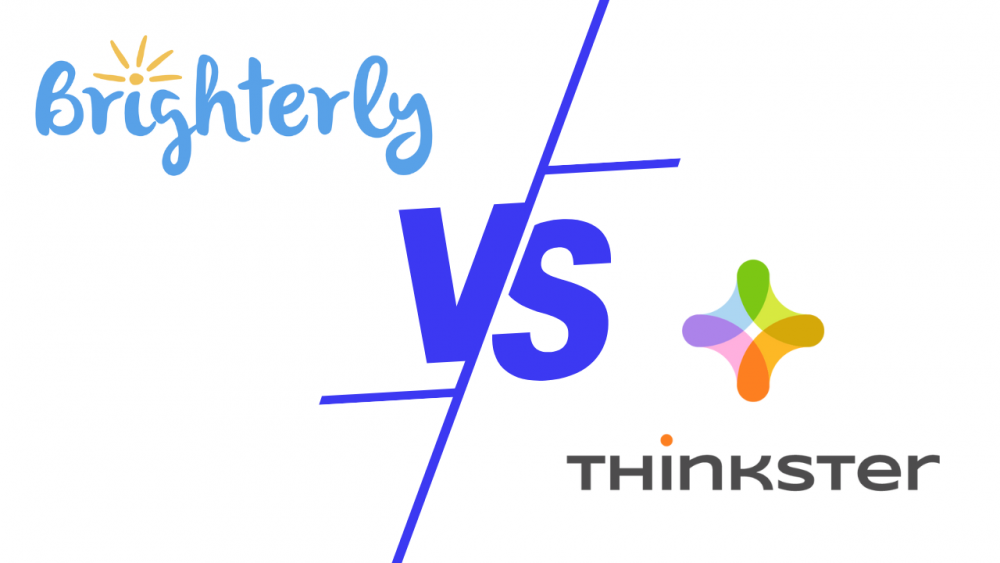

Last Updated on August 31, 2021
We help students improve their thinking skills. Incidentally, we also teach math.
You cannot have math skills without becoming a logical thinker.
So how do we spark “Thinking”?
We are firm believers that thinking is the foundation of learning – – because it makes us understand the “why” behind everything. Whereas traditional teaching makes students vulnerable to just following steps — they figure out “rules” to “answer” questions — learning-through-thinking helps people problem-solve in a variety of contexts. Our online math tutors help students understand the “why” behind everything. Once this is understood, all of life becomes a learning opportunity for our students and his is what students need for the real world.
LERA BORODITSKY, an assistant professor of psychology, neuroscience, and symbolic systems at Stanford University has spoken extensively about the impact the language of our mother tongue has on our overall thinking.
But, what is the impact of learning math like a language and its ability to help us think better?
Think about this: If you’re learning a foreign language such as German or Japanese, the process is much easier if you relate the grammar and vocabulary initially to a specific context in the language that you already know. You then apply those rules to other contexts as you continue learning a new language.
So an apple in English is Apfel in German.
You create anchors in your mind to recognize that apple in both languages starts with “ap”. You begin to form relationships now between your English Apple and German Apple so that you can bring up Apfel in German when provided a relevant context.
We do the same thing with math. We anchor information and learning to specific contexts.
We create lifelong learners by anchoring problems to real-life situations. For example, here’s a word and number problem that involves distractors:
You have three apples, four oranges, and five carrots in a basket. How many pieces of fruit are there? Students have to understand they can’t just add all the items (fruits & vegetables) to get the answer. Instead, they have to realize that carrots are not fruit and remove that from consideration. Fruit is an anchor that allows the student to remove the number of vegetables in this context because students already have anchors in their mind to identify fruits from vegetables. This teaches them contextual skills.
This is not something a math tutor will teach you. This is something you need to learn for yourself. But once you learn it, it is going to remain with you for life.
We also let our students experience the spatial relationship between numbers.
We don’t want students to think that numbers only belong on a number line. Four isn’t simply a number that comes after three and before five. We want our students to realize that each number occupies a position in space — that four can be four units added to each other, or it can be 2 plus 2, or 6 minus 2, or 9 minus 5.
We want our students to implicitly understand that math isn’t simply numbers. It’s a language. The more nuanced their understanding, the easier it will be to develop confidence and fluency.
Let me give you a thought experiment.
Can you imagine a tennis ball?
Now, did you immediately think of a yellow and fuzzy tennis ball?
All this means is that you have spatially anchored a tennis ball to being yellow and fuzzy at the same time.
We have just added context + spatial connection + anchoring for you to give an answer to the question about the tennis ball.
We Make Math Champions
Imagine you’re on the tennis court with a coach. He doesn’t just hold your hand and make you hit volleys with your tennis racquet. Instead, he teaches you to think about the angle of the ball and the different ways you can hit. This is how tennis champions are made.
Your coach can show you how you need to hit a ball well enough that you get more winners.
You need to figure out every time how to hit that ball by yourself and where it will actually land on your opponent’s side. If you do this consistently and well enough and better than anyone else in the world, you become a tennis champion.
Our math tutors have the same goal: To make math champions. Thinkster coaches don’t just observe how our students work out problems. They understand and visualize their thinking using our Active Replay Technology (ART), identify where students make mistakes and provide guidance and intelligence so students can solve new math problems on their own. This not only improves student’s understanding of math but makes them really good in it.
We breathe innovation
We use artificial intelligence and machine learning in our math tutor app to visualize how a student is thinking while he or she works on a problem. This helps improve how fast and precisely our teachers can spot problem areas.
This is about being nimble, about innovating, and about significantly enhancing learning outcomes!
We know accelerated learning means an accelerated understanding of life and opportunities for growth.
All of this happened because we care deeply about our students.
We spend each and every day turning our students into Thinksters.
We will leave you with a quote from Albert Einstein: “The world as we have created it is a process of our thinking. It cannot be changed without changing our thinking.”
So what is Thinkster?
We are a math tutoring program that leverages human interaction and groundbreaking artificial intelligence to create personalized learning programs for every student. Our technology actually tracks how a child arrives at an answer, something that after-school “learning centers” have long overlooked. You can learn more about us by taking a tour here.
How else can we improve a child’s thinking skills? Can you share with us what activities you do with your child to improve their thinking skills?


